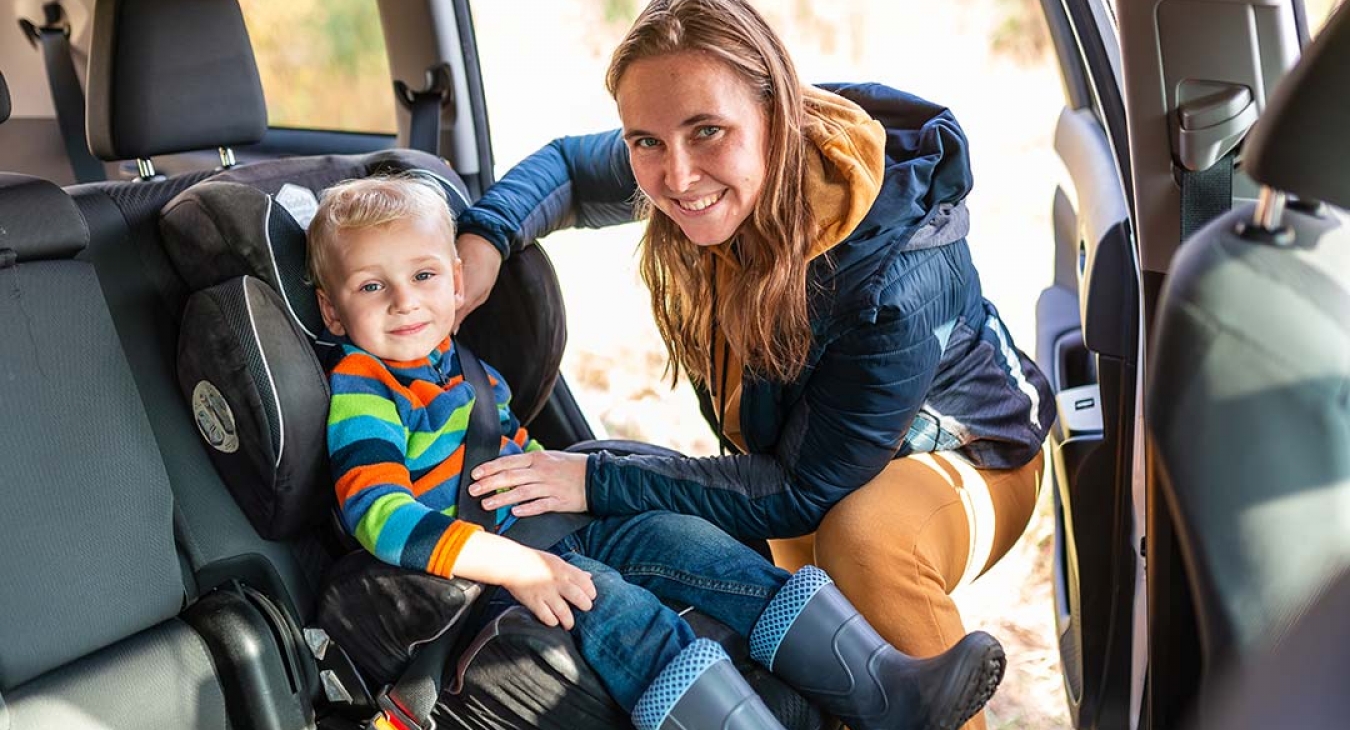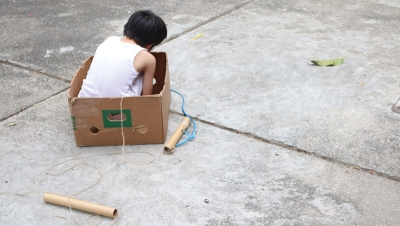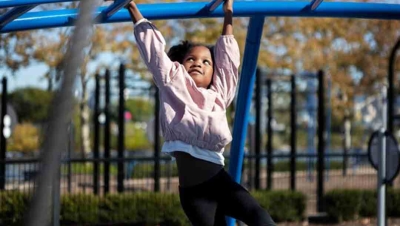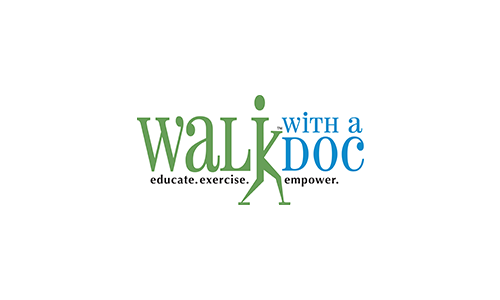Teach Road Safety and Traffic Rules to Kids
Innocent and unaware, a child must obtain the necessary information to live safely and peacefully in this world. Being unknowledgeable, kids are at a higher risk of dangers from the things we find ordinary. For example, books kept on a high shelf may pose a threat we wouldn't normally think about.
Similarly, the roads and traffic can be a major concern. You can protect your child from potential issues by educating them about the fundamentals. Here are a few quick thoughts on how to teach road safety and traffic rules to your kids.
Red, Green, & Yellow- Teach the Symbols
When traveling on the road, the symbols are present for a reason. If we learn to read and use these wisely, a lot of people can remain protected from accidents. Hence, you must teach your kids about the different symbols and their meanings for safer road travel. These include:
Traffic Lights
Perhaps, the most basic of road symbols taught at an early age is traffic lights. Teach your kids about what each of the light colors means and what they should do.
Red - The red light indicates that cars must stop. It is the safest time to cross the road.
Yellow - The yellow light warns cars that a red light is about to appear.
Green - The green lights mean go. It is not safe to cross the road, and the kids must wait for the red sign again.
The Walking Man
Apart from the traffic lights, another important symbol that helps in road crossing is the walking man. The green walking man symbol, located near the crossroads, indicates that the pedestrians must cross. Meanwhile, the red walking man indicates they should NOT cross the road.
In some places, a hand symbol is present instead of the walking man. Please ensure your child knows about all the symbols used in your vicinity.
Don’t Run! – The Basics of Movement on a Road
Children often have the habit of sprinting and running when on the roads. However, you should teach your kids not to run. Instead, they should walk cautiously and slowly.
Before crossing the roads, they should look everywhere to ensure no vehicle is approaching. If so, let it pass before movement.
Also, teach your kids to be visible when on roads. Being small, kids are often not seen, which may be dangerous for drivers. It becomes even more hazardous if the sky is dark (perhaps, evening or night). Make sure your kid knows to wear light-colored or visible clothes.
Plus, they should never walk between parked cars, as drivers might not notice them if they emerge suddenly from between the vehicles. Furthermore, depending on local inspection laws, some vehicles may look like they just left the local junkyard. With rusted fenders, peeling paint, and other safety issues that can impose a risk to children.
Seatbelts and Heads In – Indoor Safety
Traffic and road safety does not stay limited to the outdoors. Often, children travel to school and neighborhood friends alone. And, they might use public commute means and school buses for purposes.
Whatever the purpose may be if your kid travels in a vehicle alone. Make sure to teach him/her about the basic indoor safety rules. For example, when in a vehicle, children must put on the seatbelts. It is the very initial step to ensure you are safe if any accident happens.
Also, tell your kids not to walk or stand in a moving vehicle. A jerk can cause the standing person to fall and hurt themselves.
Plus, kids often put their heads and arms out of the school bus. Ensure that your kid knows not to do it. Doing so may cause them damage from the vehicles moving in the opposite direction.
Be an Example!
Perhaps, the greatest and most effective way to teach your kids about road safety or traffic rules is to be an example to them. For children, the most influential role model in their lives is their parents or guardian.
So, you must teach your kids the right ways by practicing it yourself. When taking them outdoors, practice the above-stated safety rules and ensure they learn about them. While walking on the pedestrian lanes, explain to the kid about the symbols and what they should do. You can also teach them about the rules through poems, such as the traffic lights song.
Practice with them and make it a habit until they are capable of implementing it in individual travels. Be a great example, and your child will follow the lead!









Playground and parking lot
I am an owner at a strata condo complex which has playground directly adjacent to a parking area. There is no type of barrier or fence between the playground and where vehicles pull into in order to park. We are trying to consult with an expert who would be able to advise whether there should be a concern, whether there should be a fence and if so where it would go or if the whole playground should be moved. I’m looking at who we could contact in regards to consulting on something like this. Any help would be appreciated.
Thanks
Add new comment